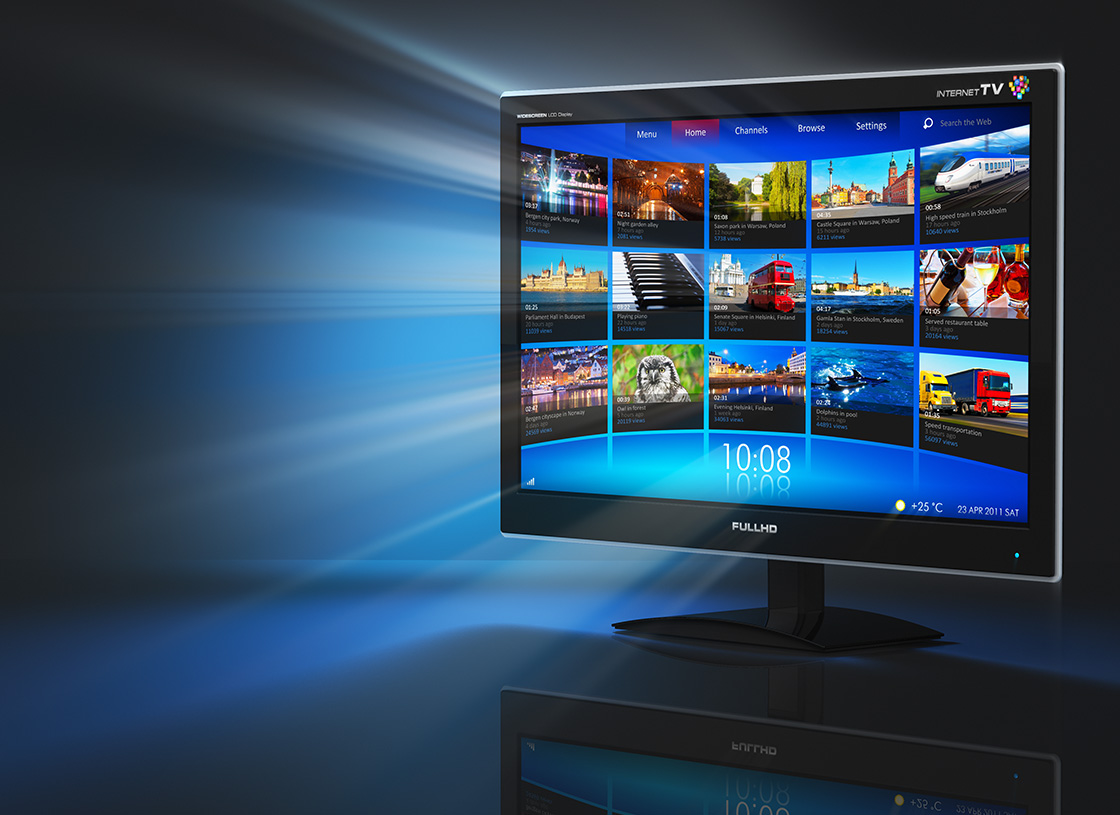Disney Plus, the subscription streaming service for the family entertainment giant, launched last November – bringing its strong brand name and entertainment lineup to lure generations of fans into this increasingly competitive space. With the latest entry into the Video on Demand world, movies and TV shows from Marvel, Star Wars, Pixar and Disney entertainment brands are flowing into digital devices at home or on the go.
Disney Plus is expected to release a ton of entertainment in the first year – including 7500 episodes of TV shows (old ones and current ones as well) and 400 movies from their library. They’ll also release about 100 recent films while creating 25 original series and 10 original movies and specials. So, yes, there’s a lot to see.
This service started at $6.99 a month – a competitive price point to get people to sign up right away. Disney’s got a lot of company, including Netflix, Amazon Prime video, Hulu, CBS All Access, Sling TV, HBO Now and YouTube TV. Of course, you can also turn to the old standby of cable and satellite TV and stream from on-demand options.
Clearly, entertainment companies are out to get our attention – and our monthly subscription fees.
American households have come a long way since 1998 when Netflix started sending DVDs in the mail – an upstart that challenged brick-and-mortar rental chains. Soon the term “binge-watching” was introduced to signify consuming a whole season of a series in a single day. This actually became the strategy for why a new series or season is often released on a Friday. Creators are counting on binge-watchers to stream over the weekend and create social media buzz for others to follow suit.
One big difference in this shift toward streaming is that entertainment is personalized per viewer. When you flip on a broadcast or premium channel, subscribers are watching the same thing. With streaming video on demand, it’s a personal choice for each household (or each viewer). Not only that, video viewing switched from the TV set to small digital devices. As a matter of fact, by 2018, eight out of 10 viewers were watching video on their smartphones.
Some households started streaming as they cut cable cords, but it’s not hard to see how monthly subscriptions to multiple services can top your old cable bill. According to a survey published in late 2019 by Digital Media Trends, the average consumer currently subscribes to three streaming video services, and 43% have both pay-TV and a subscription service. Around 69 percent of consumers subscribe to at least one service – which is up from 55 percent in 2018.
This trend has introduced another new term to our lexicon. Between deciding what to watch on Netflix or which service to select, consumers are overwhelmed by their options, and 47 percent say they are experiencing “subscription fatigue.” There are actually around 300 streaming services now available (up from 200 in 2018), and consumers are doubling up across platforms to find what they want among their favorite shows. Don’t forget music streaming services (like Apple Music and Spotify) and game streaming services also figure into the monthly access and selections.

